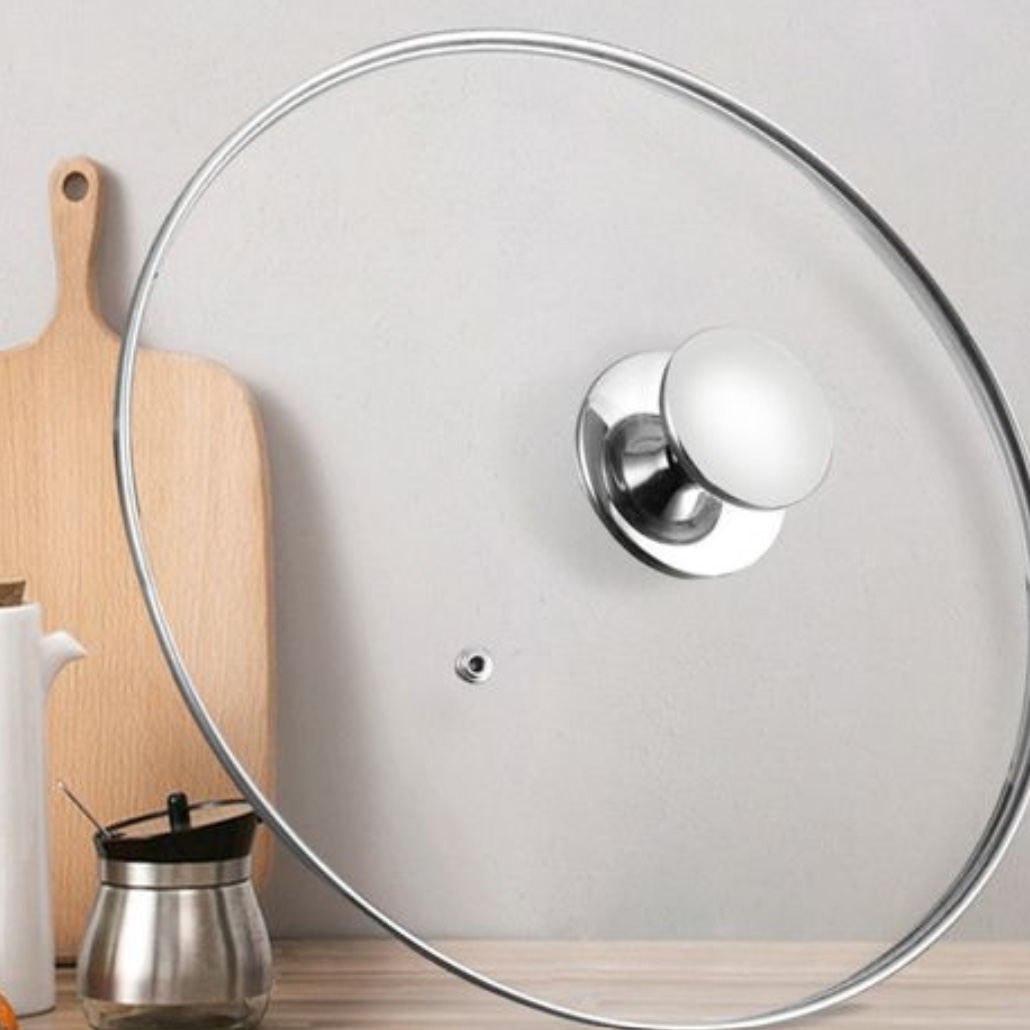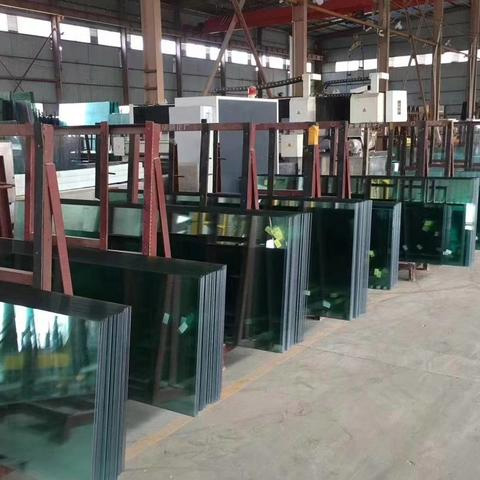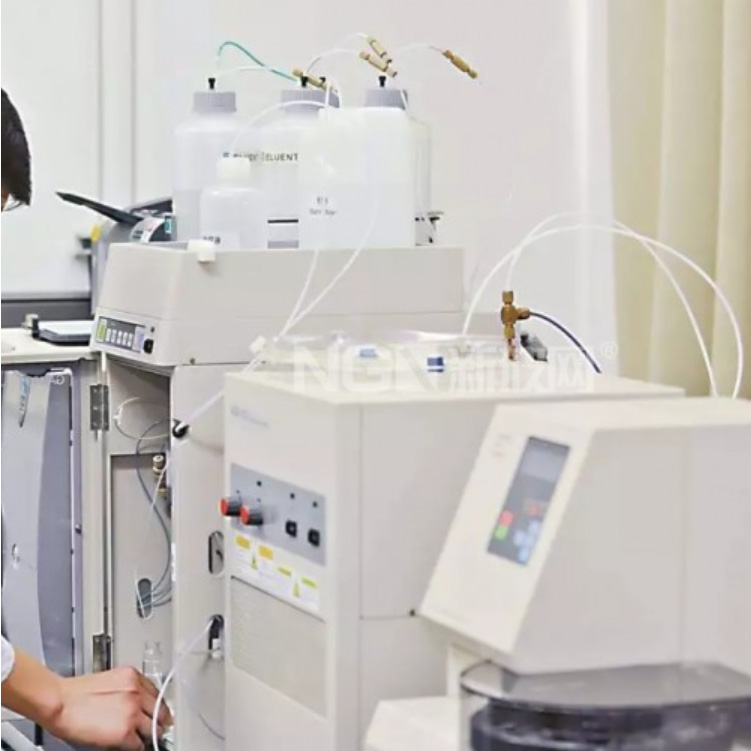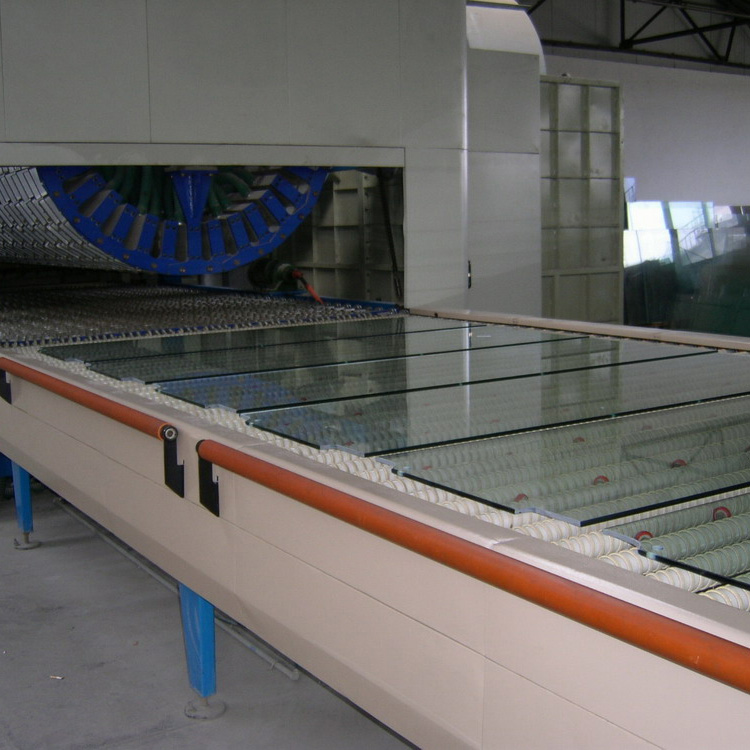Tempered Glass Lid become more and more popular in the market due to their superior durability, heat resistance and safety features. Understanding its intricate production process can provide valuable insight into the meticulous steps involved in creating these basic kitchenware accessories. This article aims to fully explain the detailed production process of tempered glass lids, clarifying each stage and its significance to ensure the quality and reliability of the final product.
Step 1: Glass Selection and Cutting
The production of tempered glass lids begins with the careful selection of high-quality glass panels. These panels are rigorously scrutinized for factors such as thickness, clarity and uniformity. Manufacturers aim to source glass from reputable suppliers to ensure the highest possible quality. Once the glass sheet is obtained, it is custom-made to the desired size and shape using precision cutting techniques such as diamond or laser cutting.


Step 2: Glass Edging and Grinding
After cutting the glass sheet into the desired shape, pay special attention to the edges to eliminate any sharp or jagged edges. Edging is an important step in tempered glass lids, as it not only increases the security of the cover glass but also helps to enhance its aesthetics. Following the edging process, the glass may undergo a grinding process to further refine its shape and ensure a consistent thickness throughout.
Stage 3: Glass Cleaning and Drying
In order to prepare the glass for the subsequent tempering process, it must be cleaned meticulously to remove any impurities or contamination. Clean the glass panels thoroughly using a combination of chemical solution and water to make sure they are free of any residue or dust particles. The glass then goes through a drying process to remove all moisture, usually using hot air or other effective drying methods.
Stage 4: Glass Tempering
The heart of the production process is the tempering stage, which gives tempered glass lids(Universal Pan Lid) their well-known strength and elasticity. Cleaned and dried glass panes are carefully loaded into a tempering furnace for heat treatment. During this stage, the glass is heated to extremely high temperatures of 600 to 700 degrees. This intense heat softens the glass, making it highly malleable and prone to the transformations needed for toughening properties. The glass can be shaped to form either curved tempered glass lids or flat tempered glass lids.
Step 5: Rapid Cooling and Quenching
After reaching the desired temperature, the glass is rapidly cooled through a process called quenching. In a controlled manner, air is blown quickly and evenly across the glass surface, reducing its temperature considerably. This rapid cooling creates compressive stress in the outer layers of the glass, while the glass core is still under tension. The application of these opposing forces strengthens the overall strength of the glass, making it less prone to breakage and capable of withstanding high impact and thermal stress.


Step 6: Inspection and Packaging
Following the tempering process, meticulous quality control measures are employed to evaluate the tempered glass lids for defects. A skilled technician performs a thorough inspection to detect potential defects such as scratches, cracks or uneven tempering. Only caps that pass these stringent quality checks go to the packaging stage, where they are carefully packed to ensure their safe transport and storage.
Step 7: Quality Assurance
Following the inspection and packaging stage, manufacturers may choose to implement additional finishing steps to further enhance the appearance and functionality of tempered glass lids. These steps can involve techniques such as sandblasting, etching, or the application of specialized coatings onto the glass surfaces. Sandblasting can create a frosted or textured finish, adding an elegant touch to the lids, while etching can create intricate designs or patterns. Specialized coatings, such as non-stick or anti-scratch coatings, can also be applied to improve the lids’ usability and longevity. Moreover, quality assurance remains a top priority throughout the entire production process. Manufacturers conduct ongoing testing to ensure consistency and reliability in the final tempered glass lids. These tests may include assessing impact resistance, thermal shock resistance, and chemical resistance to ensure that the lids are capable of withstanding a variety of conditions and usage scenarios. Any deviations or imperfections identified during testing prompt further adjustments and refinements in the production process, ensuring that only the highest-quality tempered glass lids reach consumers.
In conclusion, the production process of the tempered glass lids is a feat of meticulous engineering and craftsmanship. Starting from glass selection and cutting, through edging, grinding, washing and drying, every step is crucial to obtain glass lids with excellent durability and heat resistance. The tempering process involves intense heating and rapid cooling to give the lid the required strength and safety attributes. Through strict quality control measures, tempered glass lids are manufactured to the highest industry standards to provide consumers with reliable kitchenware solutions.
Post time: Sep-14-2023


